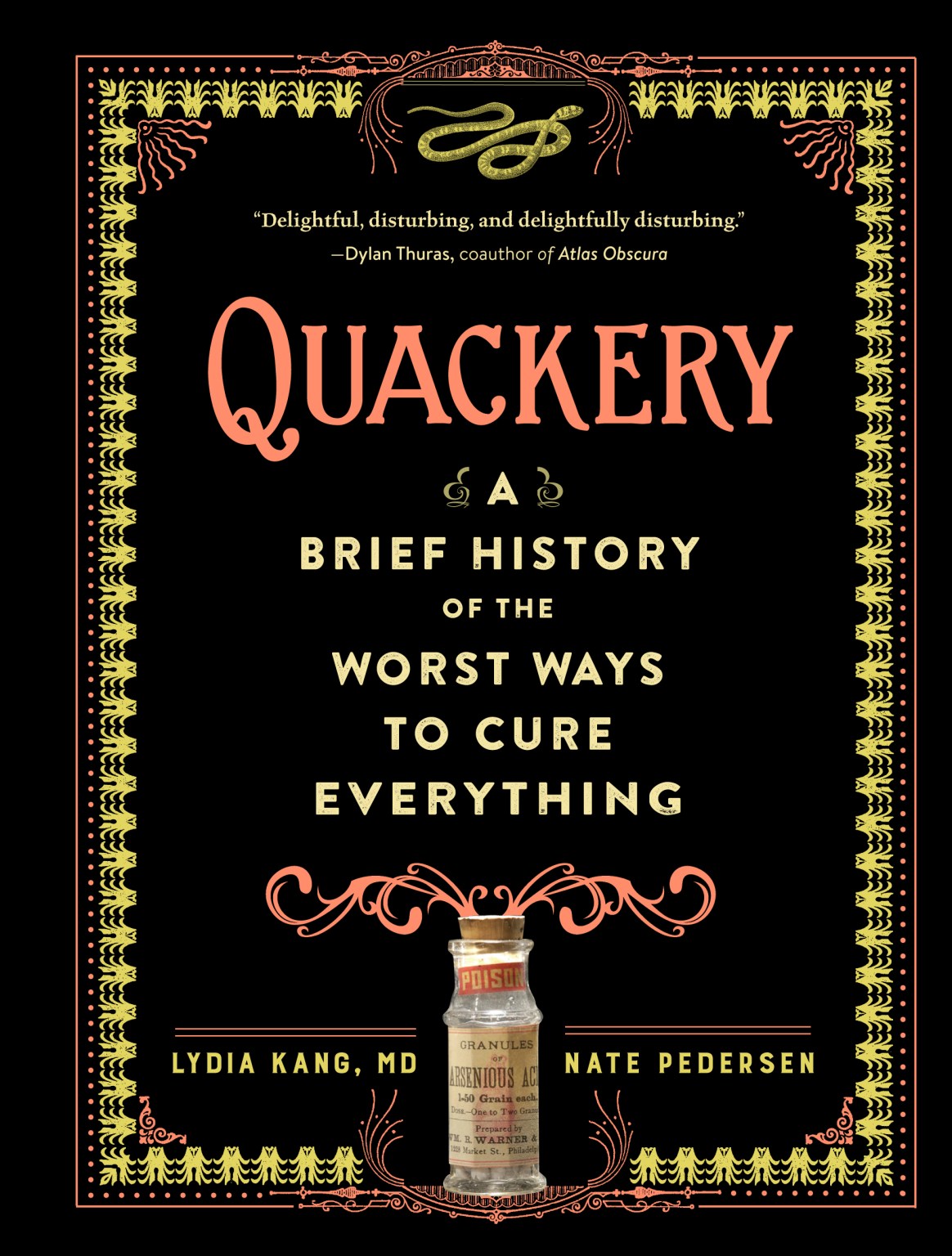As the fear of autointoxication—the theory that the normal end products of digestion contain poison—grew, many tried to cure constipation with myriad devices and purgatives at the turn of the twentieth century. One British surgeon, Sir William Arbuthnot Lane, took it a step further. He cut out the colon altogether. He performed more than a thousand colectomies, mostly on women. Surely, slow colons were the cause of women’s mental shortcomings like stupidity, headaches, and irritability. Luckily, you can snip out your colon and survive, but you’ll likely have the side effect of lots of diarrhea. Like most functioning parts of your body, colons are better left intact.
Lane also was a proponent of fixing misplaced organs. Yes, you heard that correctly. In the early twentieth century, many believed that vague abdominal and whole-body discomfort could be due to “dropped” or “misplaced” organs. The kidney was perhaps the most misplaced organ of all time. Lane blamed dropped kidneys, or nephroptosis, for causing suicidality, homicidality, depression, abdominal pain, headaches, and the more obvious physical symptoms of urinary problems. Removing even one kidney killed too many patients, so surgeons instead performed a “nephropexy”—more or less tacking kidneys back in place using sutures and occasionally rubber bands and wads of gauze. By the 1920s, this procedure was falling out of favor with some surgeons claiming that “the most serious complication of nephroptosis is nephropexy” and that urologists seemed to have “an orgy of fixation of kidneys.” (To be fair, part of a urologist’s job is to fixate on kidneys, but the orgy part was a bit dramatic.)
Kidneys weren’t the only body part atrociously fiddled with by surgeons. Tonsils, the glands at the back of the throat, were also removed in excessive numbers in an effort to put a stop to all childhood infections—a well-meaning but misguided aim. Of course, the tonsillectomy has its place as a modern-day therapeutic in cases of sleep apnea and recurrent tonsillitis, but as a last resort. Most would be shocked that in 1934 a study in New York showed that of one thousand children, more than six hundred of them had had tonsillectomies. They weren’t risk-free surgeries, either; many children died annually from the procedure.

